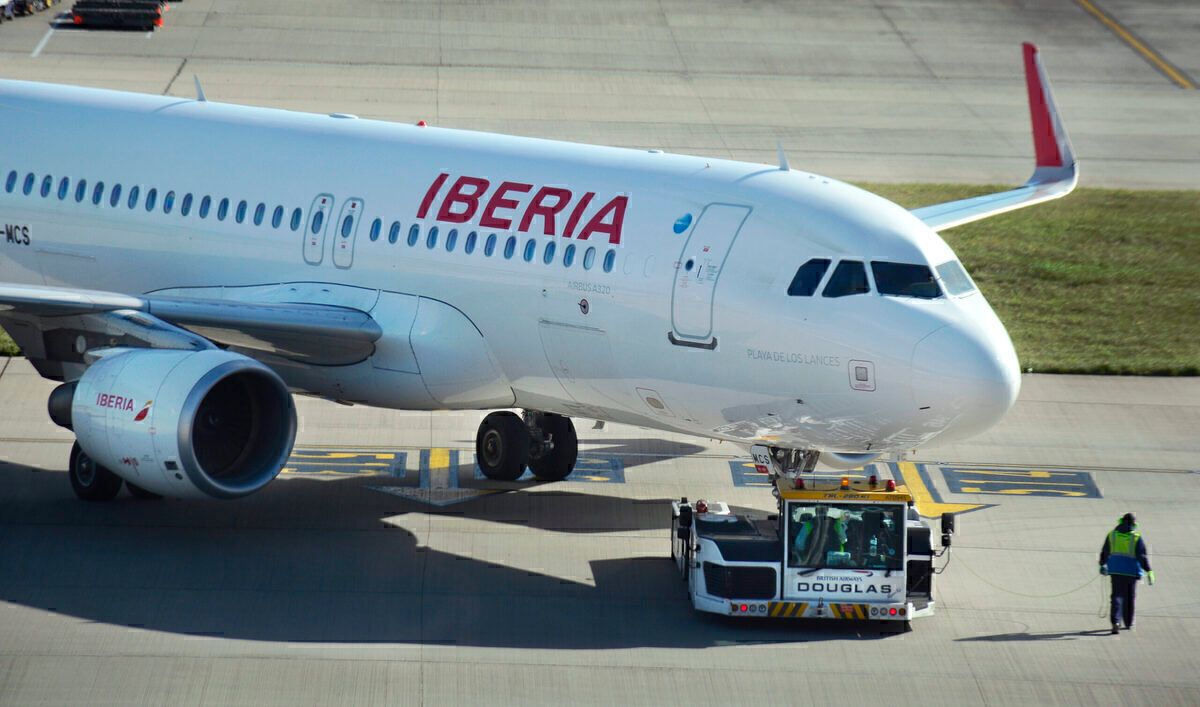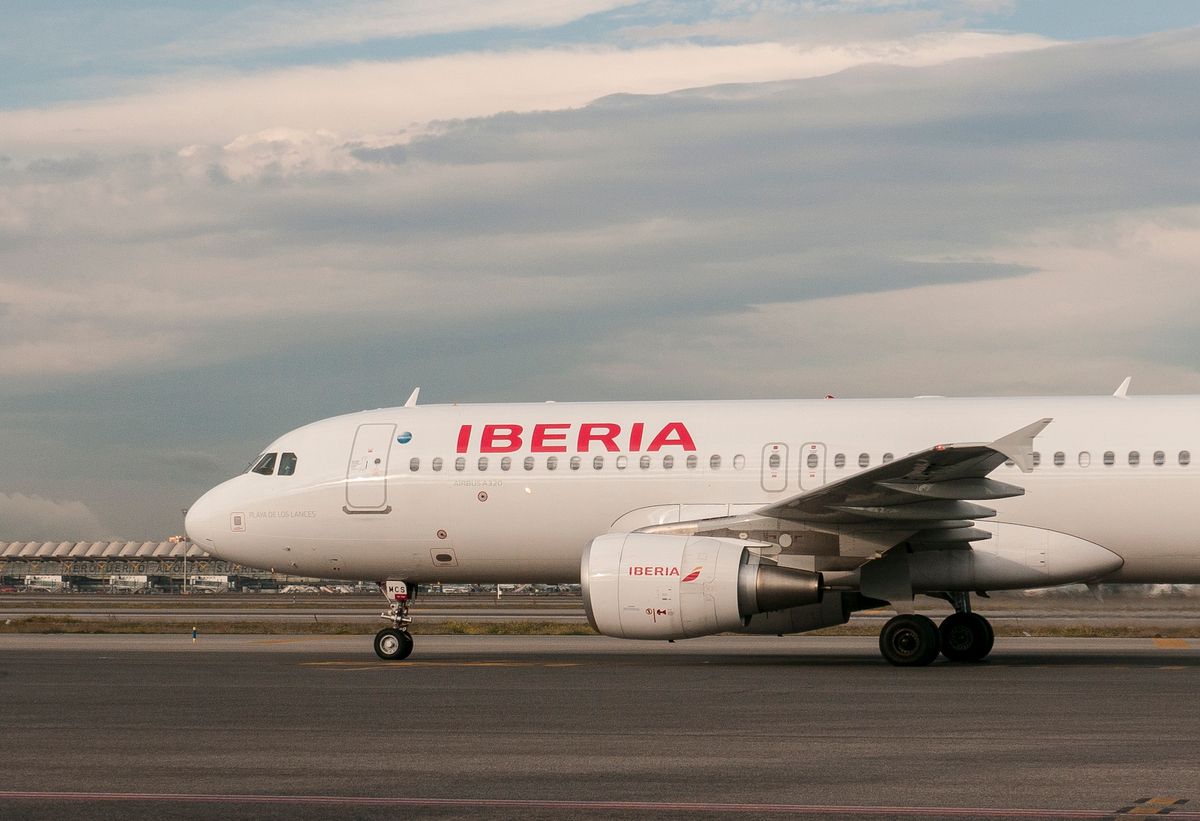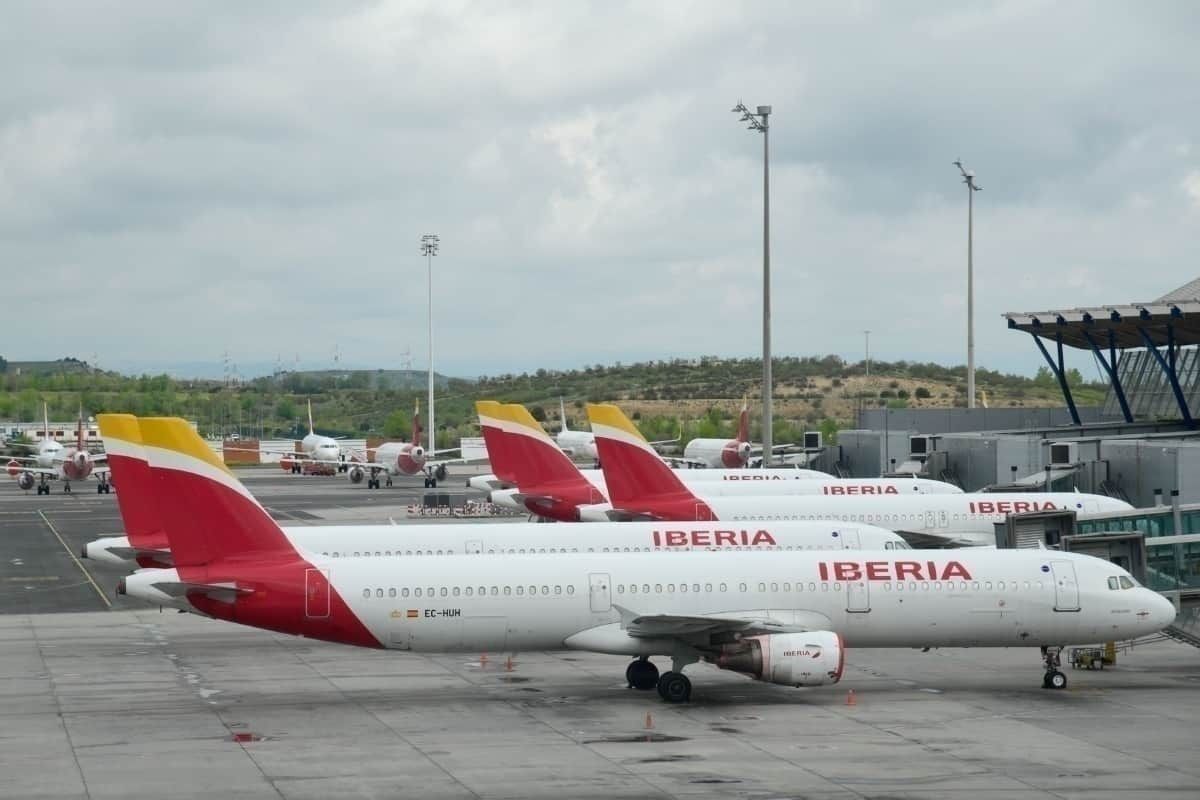On June 28, 1927, the Spanish carrier Iberia was born. Today, the airline celebrates its 94th anniversary, picking up its flight levels following the COVID-19 pandemic. While far from recovered, Iberia may be on the right track. Let’s investigate further.
The most complex of years
Iberia said 2020 was the most complex year it has ever faced. The carrier started 2020 serving 139 destinations across 48 countries. However, Iberia’s demand fell apart in March, and it hasn’t fully picked up since.
While facing the challenges of the pandemic, Iberia operated over 100 non-scheduled cargo flights. It flew to China and brought several tons of medical supplies back to Spain and Latin America.
The carrier also operated many humanitarian flights, taking stranded citizens home to over 20 different destinations. Iberia benefited in excess of 10,000 people.
As of July 2021, Iberia is scheduling 13,387 flights, offering 2.1 million seats, according to Cirium’s database. These numbers are still 31.2% and 28.7% below what the carrier had in July 2019, prior to the COVID-19 pandemic.
Nevertheless, Iberia is quickly resuming many operations following Spain’s easing of its travel restrictions. It has announced more services to Croatia for this summer; similarly, it will deploy more capacity into Latin America and will reopen its flights to Morocco. Iberia will have 114 destinations this summer.
Stay informed: Sign up for our daily and weekly aviation news digests.
A renewed fleet
Currently, Iberia has a fleet of 131 planes. The main brand, Iberia, has 67 units; Air Nostrum has 42, and Iberia Express has 22 aircraft.
The company is renewing its fleet, making it younger and more sustainable. In 2020, Iberia received three Airbus A350-900 and two A320neo. Moreover, in August 2020, the Spanish carrier officially retired its last Airbus A340 plane.
This year, Iberia aims to continue reshaping its fleet. Most likely, the airline will receive a further three A350s and three A320neos.
According to ch-aviation, Iberia is still due to receive 32 aircraft. Its orders consist of nine A320-200N, three A321-200NX, eight A321-200NX(LR), one A330-200, and 11 A350-900.
Due to the impact of the COVID-19 pandemic, Iberia has turned a few aircraft into freighters. According to the airline, it has converted three Airbus A330. This cargo fleet is flying to several Latin American cities such as Santiago, San Salvador, and Caracas.
A brief history of Iberia
Iberia is one of the oldest airlines in the world. On June 28, 1927, the Spanish Government signed the act that launched Iberia. It was first known as Compañía Aérea de Transporte.
On December 14, 1927, Iberia flew for the first time in an operation between Madrid and Barcelona. Its fleet was composed of three Rohrbach Roland aircraft.
It took Iberia 12 years before it could fly internationally. Its first European route was Madrid-Lisbon in 1939. A few years later, in 1946, it operated its first transcontinental flight to Buenos Aires.
In 1954, Iberia launched its flights to New York, using a Super Constellation aircraft. The carrier had three Super Constellation planes, aptly called Pinta, Niña, and Santa Maria (like the three ships Cristopher Columbus used in its first voyage to the Americas in 1492).
Iberia continued growing its presence in Europe and Latin America over the next few years. In 1970, it received its first Boeing 747. In 1999, Iberia entered the oneworld alliance.
Finally, in 2009 and 2010, Iberia and British Airways joined forces. This eventually led to the merger and launch of IAG.
Have you ever traveled with Iberia? How was it? Let us know in the comments.



